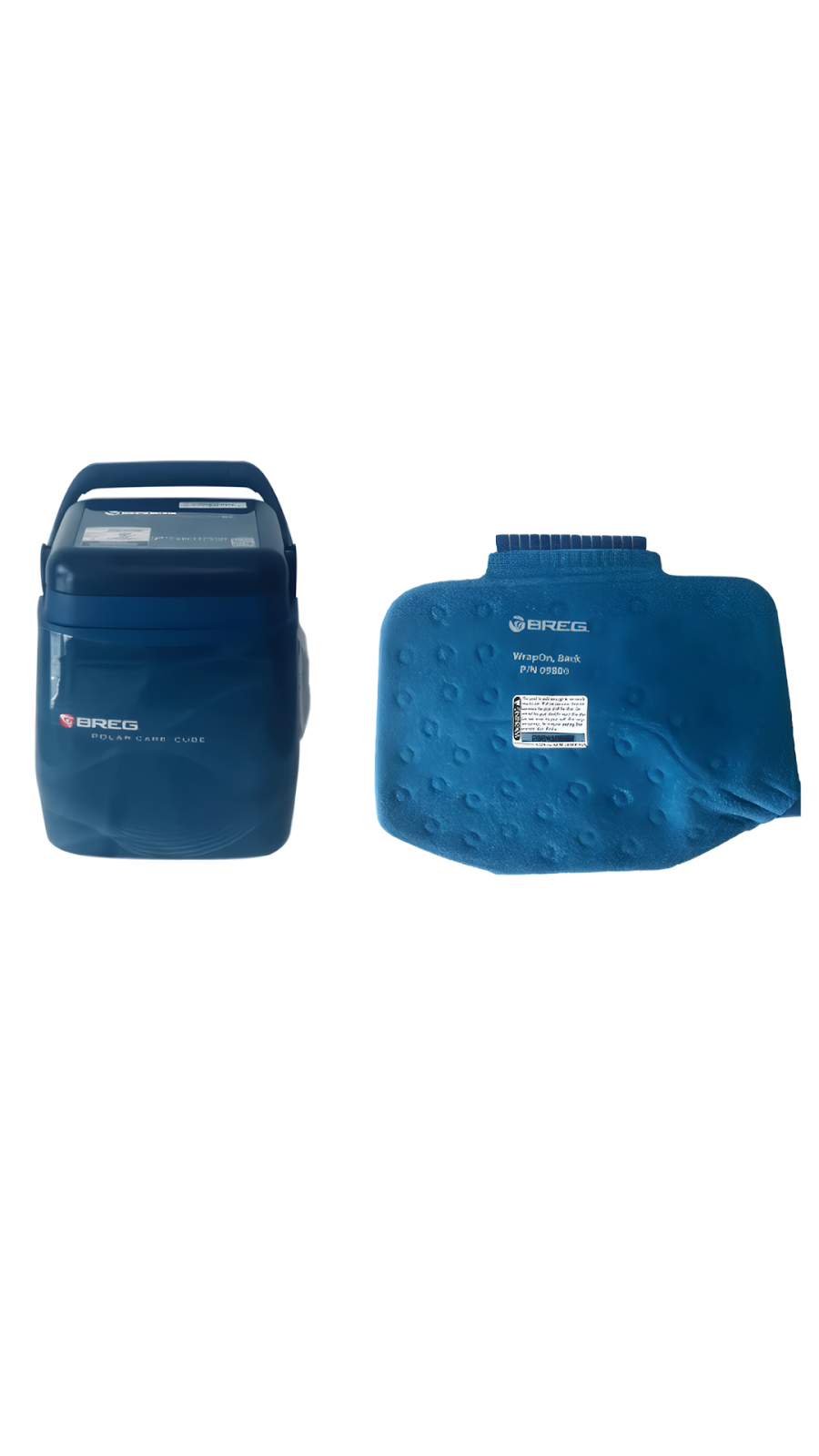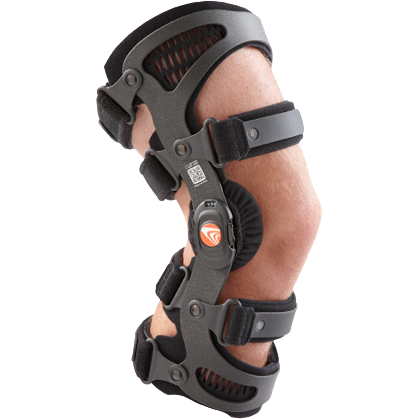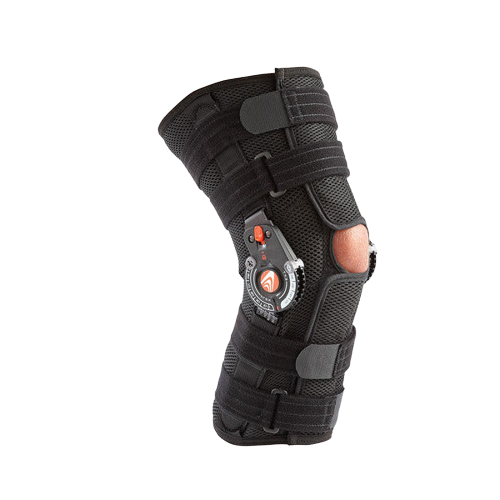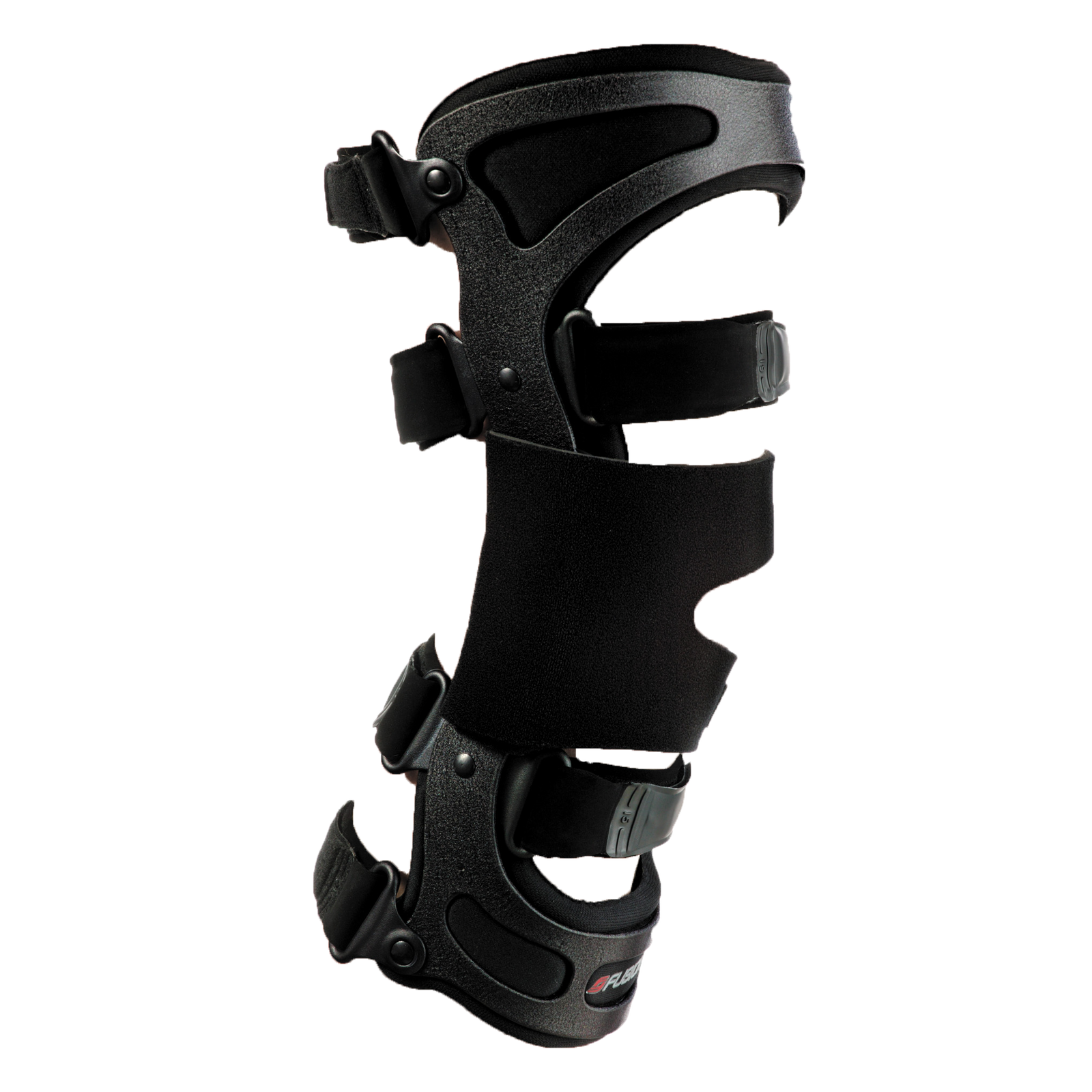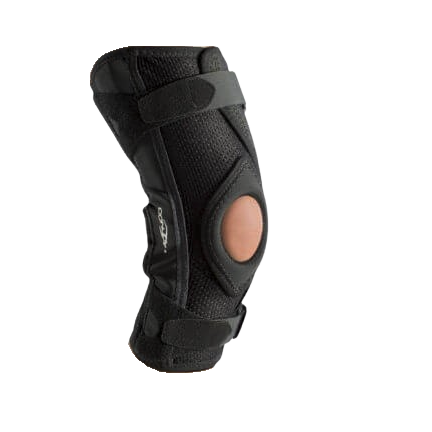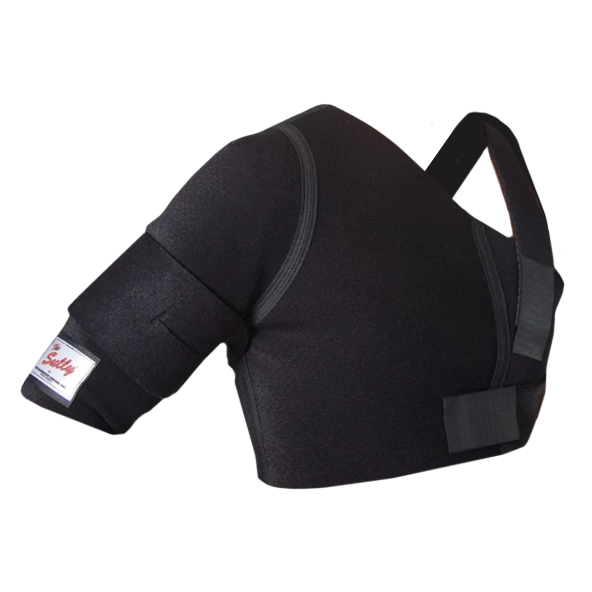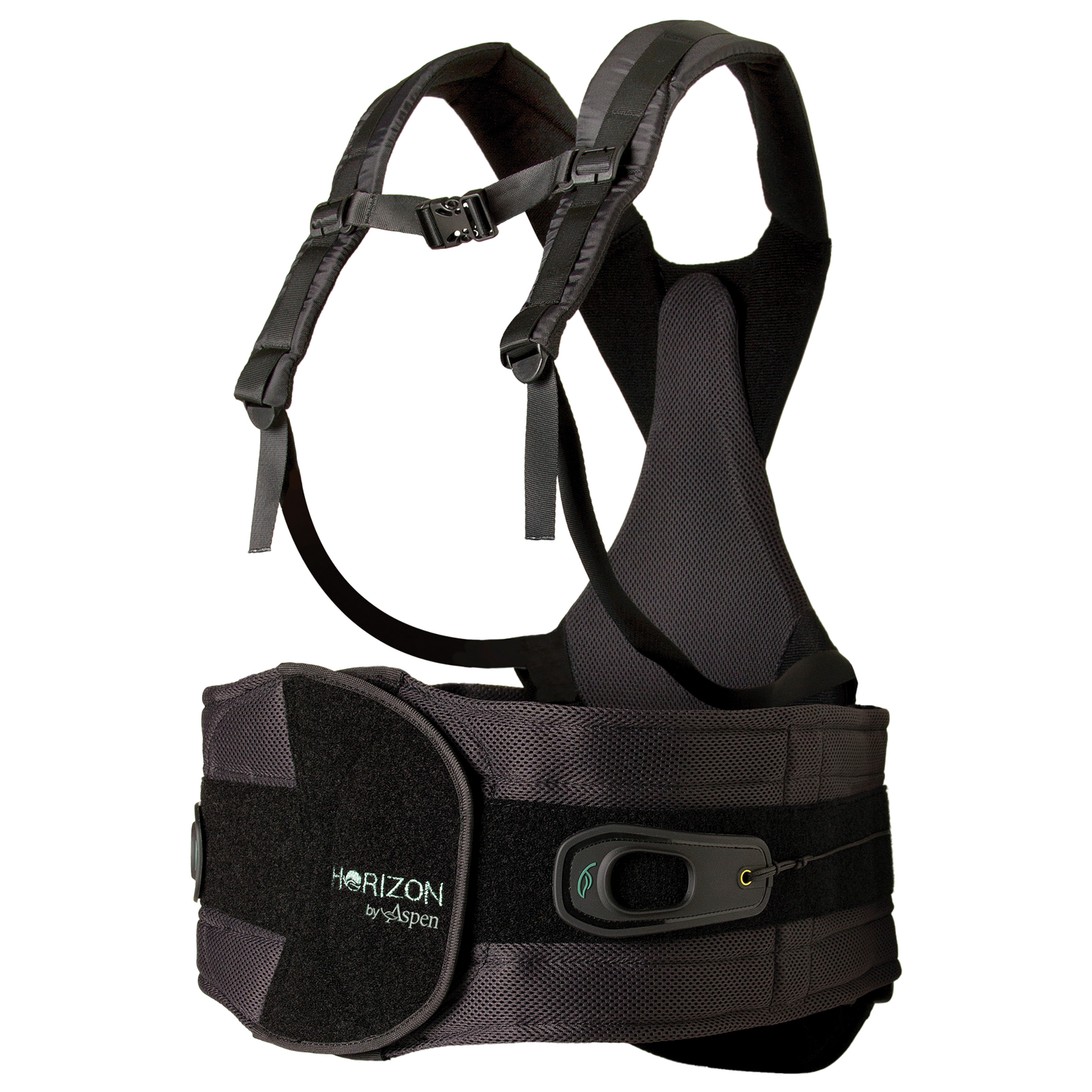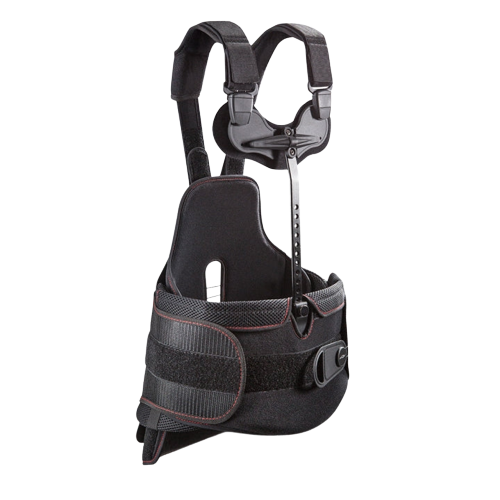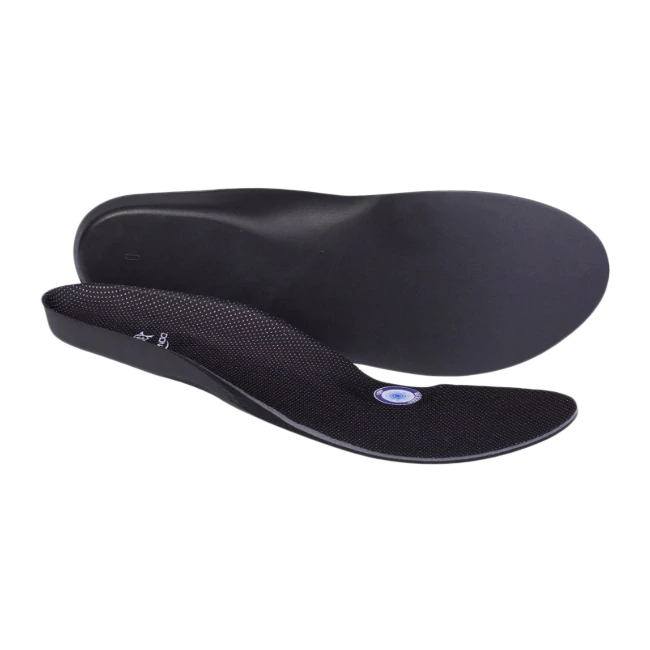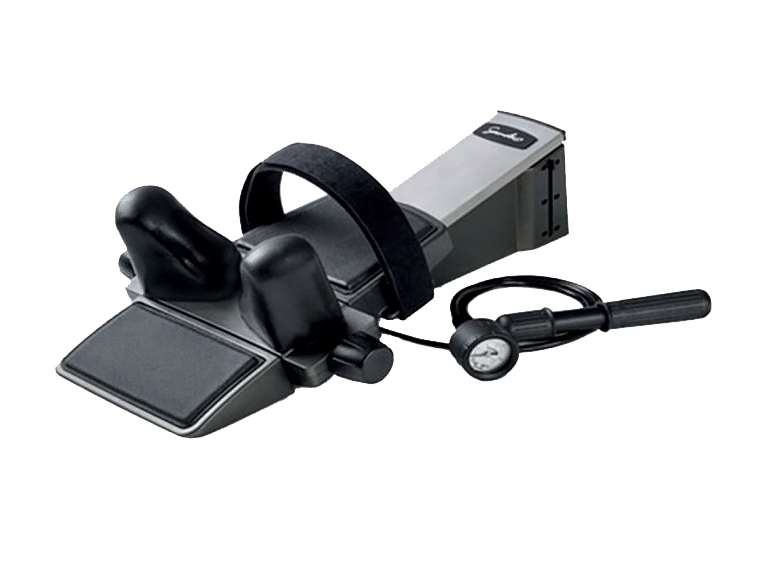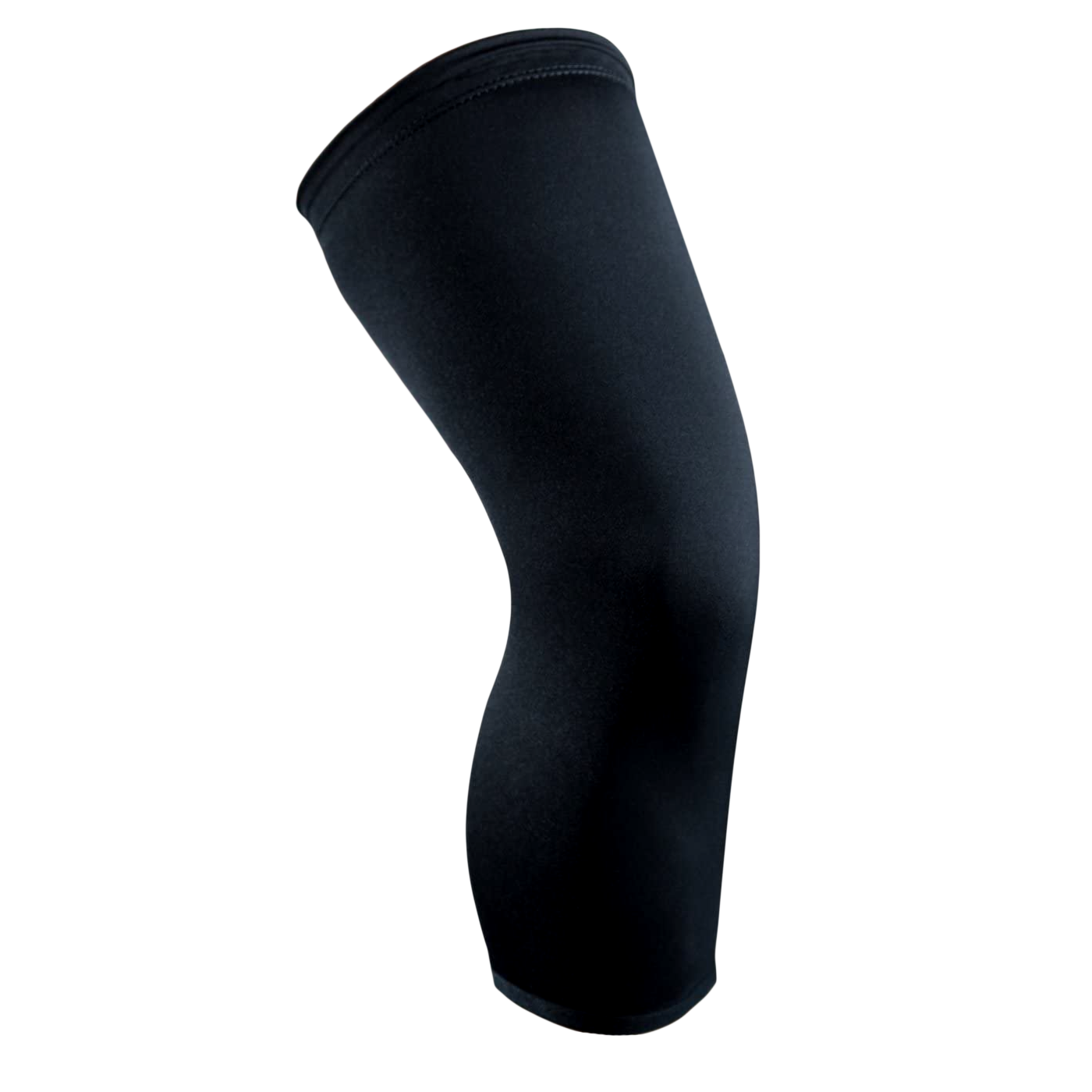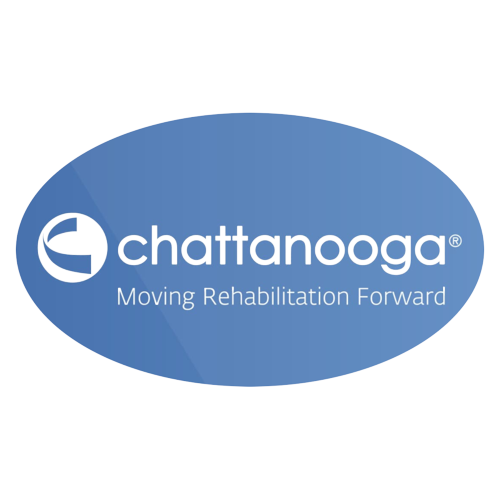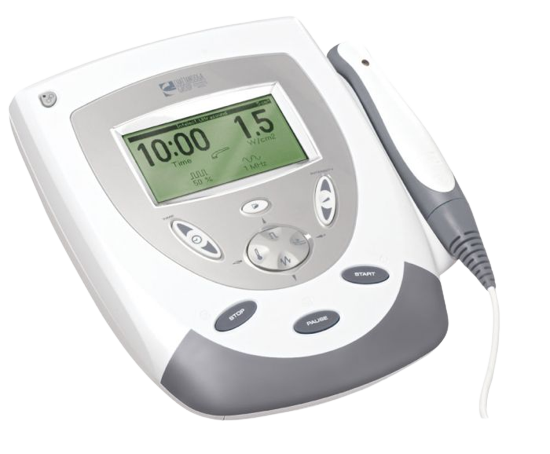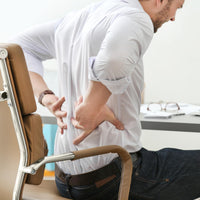
|
Definition: Orthopedic surgeries are medical procedures focused on treating disorders and injuries of the musculoskeletal system, which includes bones, muscles, ligaments, tendons, and other soft tissues. These surgeries, performed by orthopedic surgeons, address conditions like arthritis, fractures, back and neck pain, and joint problems. Science: Orthopedic surgeries involve various techniques and technologies to restore or improve function in the musculoskeletal system. Procedures often rely on advanced imaging and equipment, such as cameras, robotic arms, and specialized monitors, to enhance precision. Depending on the condition, surgeries may involve joint replacement, reconstruction, or minimally invasive methods like arthroscopy. Anesthesia types vary based on the procedure’s complexity and include local, regional (e.g., epidurals or spinal blocks), and general anesthesia. Postoperative recovery emphasizes physical therapy to aid in pain control, strength, and coordination, which is crucial for optimal outcomes. Examples in Action:
Interesting Facts: Effectiveness of Certain Procedures: Some orthopedic surgeries, like arthroscopic knee procedures, have shown limited benefits over physical therapy and exercise |
Key Takeaways
- Common Types of Orthopedic Surgeries: Highlight the variety of orthopedic surgeries, including joint replacements, ligament reconstructions, and spinal procedures, explaining each one’s purpose and benefits.
- Conditions Requiring Orthopedic Surgery: List common conditions like arthritis, sports injuries, trauma, and degenerative diseases that may necessitate surgery, emphasizing how these procedures restore function and relieve pain.
- Recovery and Rehabilitation Importance: Emphasize the phases of recovery after orthopedic surgery, focusing on how each stage contributes to the patient’s journey toward full mobility and a pain-free life.
Orthopedic surgeries are medical procedures focused on treating musculoskeletal issues, including bones, joints, ligaments, tendons, and muscles. These surgeries aim to address injuries, degenerative conditions, congenital disabilities, and diseases that affect mobility, stability, and overall body function. Common orthopedic procedures include joint replacements (such as hip or knee replacements), fracture repairs, ligament reconstructions (like ACL or Tommy John surgery), and surgeries for spinal conditions.
Orthopedic surgeries are performed by specialists called orthopedic surgeons. They use various techniques, including minimally invasive arthroscopy, where small incisions and cameras are used to repair joints, and traditional open surgeries when more complex repairs are needed. These surgeries can relieve pain, restore mobility, and improve quality of life, making them critical for people experiencing musculoskeletal problems due to injuries, arthritis, or chronic conditions.
Types Of Orthopedic Surgeries: From Joint Replacements To Spinal Procedures
Below is an overview of common types of orthopedic surgeries, highlighting the diversity and complexity of orthopedic care.
Joint Replacement Surgeries
Joint replacement surgeries are among the most celebrated advancements in orthopedic care. They provide life-changing relief for those suffering from severe arthritis and other degenerative joint conditions. The most common types involve replacing the hip and knee joints, although shoulder, ankle, and elbow replacements are also performed. These surgeries involve replacing the damaged joint parts with artificial components, known as prostheses, designed to mimic the movement of a natural, healthy joint.
Arthroscopy
Arthroscopy is a minimally invasive surgery used to diagnose and treat joint problems. An arthroscope—a thin tube equipped with a camera and light—is inserted into the joint through a small incision. This allows the surgeon to view the joint on a screen and perform necessary repairs without making large incisions, leading to faster recovery times and reduced risk of complications.
Spinal Procedures
Surgery on the spine can range from minimally invasive techniques to major surgeries like spinal fusion or laminectomy. These procedures aim to relieve pain and correct abnormalities affecting the spine’s integrity and function. Conditions such as herniated discs, spinal stenosis, and scoliosis often require surgical intervention when other treatments fail to provide relief.
ACL Reconstruction
The Anterior Cruciate Ligament (ACL) is one of the major ligaments stabilizing the knee joint. An ACL injury is a common concern among athletes and can require reconstruction to regain full knee function. During the surgery, the torn ligament is replaced with a graft from another part of the patient's body or, in some cases, from a donor. This procedure is crucial for returning to high physical activity levels
Fracture Repair
Orthopedic surgeons frequently perform surgeries to repair broken bones. The specific procedure—ranging from the setting and casting of minor fractures to the surgical implantation of rods, plates, or screws in more severe cases—depends on the location, type, and severity of the fracture. The goal is to align the bone fragments to ensure they heal correctly properly.
Rotator Cuff Repair
The rotator cuff is a group of muscles and tendons that surround the shoulder joint, allowing for a wide range of motion. Tears in the rotator cuff can result from acute injury or chronic wear and tear, leading to pain and reduced function. Surgical repair involves reattaching the torn tendon to the bone, often done arthroscopically.
Orthopedic Surgeries For Sports Injuries: Repairing Ligaments, Tendons, And Bones
Sports injuries are a common catalyst for seeking orthopedic surgeries, which aim to restore function, reduce pain, and speed up recovery to return athletes to their preferred activities. Understanding the types of orthopedic surgeries often performed in response to sports injuries can provide insight into the steps toward rehabilitation and the importance of selecting high-quality products for recovery and pain relief.
Ligament Repair And Reconstruction
Ligaments are tough bands of tissue that connect bones within a joint, facilitating stability and movement. Surgical intervention might become necessary when these are damaged, particularly in high-mobility joints like the knee or ankle.
The Anterior Cruciate Ligament (ACL) injury is one of the most well-known sports-related damages requiring orthopedic surgery. Surgeons can reconstruct the ACL using a graft from another tendon in the patient's body or, less commonly, from a donor. This procedure aims to restore the ligament's stability to the knee, an essential step for athletes looking to return to sports.
Tendon Repair
Tendons attach muscle to bone and can also suffer from overuse or acute injuries in sports. Ruptures and tears in tendons, such as the Achilles tendon or the rotator cuff in the shoulder, frequently necessitate surgical repair.
Depending on the injury's severity, these surgeries can range from minimally invasive arthroscopic procedures to more complex open surgeries. The goal of tendon repair surgery is to reattach the tendon to the bone and repair any tears, restoring movement and alleviating pain.
Bone Fracture Repair
Sports activities can sometimes result in fractures, requiring different orthopedic surgeries based on the fracture's location and complexity. Procedures can involve the strategic placement of pins, screws, plates, or rods to stabilize and support bones as they heal. For athletes, a timely and correctly healed fracture is crucial to maintaining the strength and functionality of the injured area, ensuring they can eventually resume their sport of choice at their previous level of performance.
Spinal Surgeries In Orthopedics: Conditions They Treat And Recovery
Orthopedic surgeries are specialized procedures addressing the musculoskeletal system, including bones, joints, ligaments, tendons, and muscles. Spinal surgeries represent a significant subset, focusing on correcting ailments and injuries within the spinal column. These procedures are intricate and vary depending on the condition being treated, encompassing everything from minimally invasive interventions to more complex surgeries like spinal fusion or disc replacement.
Conditions Treated by Spinal Surgeries
Spinal surgeries target a range of conditions that affect the spinal structure and its function. Common conditions include:
- Degenerative Disc Disease: Over time, the discs between the vertebrae can deteriorate, leading to pain and reduced mobility. Surgery may involve removing the damaged disc and possibly fusing two or more vertebrae to stabilize the spine.
- Herniated Discs: Discs bulging or rupturing can press on spinal nerves, causing significant pain. Surgically removing the affected disc material can relieve this pressure.
- Spinal Stenosis: This condition, often age-related, involves the narrowing of the spinal canal, which can compress the spinal cord and nerves. Surgery may be required to open up the spinal canal and alleviate symptoms.
- Scoliosis: A curvature of the spine that typically appears during adolescence. Severe cases might require surgical intervention to straighten and stabilize the spine.
- Spinal Fractures and Injuries: Trauma to the spine can result in fractures or dislocations that necessitate surgical repair to realign the vertebrae and possibly fuse segments of the spine.
Recovery From Spinal Surgery
Recovery times and processes vary significantly depending on the type and extent of the surgery performed. Generally, patients can expect a period of rest followed by specific physical therapy exercises to strengthen the back and improve mobility. In the immediate postoperative period, managing pain and preventing complications is paramount.
It's essential to follow your healthcare provider's postoperative instructions closely and to incorporate recommended recovery aids and exercises into your rehabilitation plan. This comprehensive approach to recovery will help ensure the best possible outcome from your spinal surgery, allowing you to return to daily activities with improved spinal health and reduced pain.
Recovery After Orthopedic Surgery: What Patients Can Expect
The journey to full recovery after orthopedic surgery is paved with patience, perseverance, and the right recovery aids. Understanding the recovery process and what to expect can significantly enhance one’s experience and outcome.
Phase 1: Immediate Post-Surgery
Immediately following orthopedic surgery, patients can expect to stay in the hospital or surgical center for a short period, which varies depending on the specific procedure and the patient's overall health. Pain management is a priority during this time, with medical professionals working to ensure comfort through appropriate pain relief methods. Additionally, patients may be encouraged to perform gentle movements or exercises to prevent post-surgical complications such as blood clots.
Phase 2: Initial Home Recovery
Once home, the focus shifts towards fostering an environment conducive to healing. This includes adhering to prescribed rest intervals, engaging in recommended physical therapy, and using orthopedic aids.
Patients must closely monitor their recovery and be mindful of the length of time spent using recovery aids, as overuse or incorrect usage can hamper healing. The careful balance of rest and rehabilitation activities, guided by healthcare professionals, helps ensure progress toward full mobility and strength.
Phase 3: Advanced Recovery And Rehabilitation
Beyond the initial weeks, the phase of advanced recovery and rehabilitation begins. This stage sees patients gradually returning to daily activities, with ongoing physical therapy tailored to restore function, improve flexibility, and build strength in the affected areas. Throughout this period, the judicious use of orthopedic aids remains vital, as it helps manage discomfort and support the body as it heals.
Final Thoughts
Orthopedic surgeries, from joint replacements to intricate spinal procedures, offer transformative solutions for individuals suffering from musculoskeletal issues. These surgeries are crucial for restoring mobility, reducing pain, and enhancing the overall quality of life for patients with injuries, degenerative diseases, or congenital conditions. While recovery can be challenging, a structured rehabilitation process can help patients regain function and independence. Patients can make informed decisions for a successful surgical outcome by understanding the options and preparing for recovery.
Ready to take the next step in your recovery journey? OrthoBracing carries a range of top-quality recovery aids to support your healing process and get you back to doing what you love. From braces that provide stability and support to cold therapy machines that reduce inflammation and pain, our products are designed to complement your orthopedic surgery recovery. Explore our selection of recovery aids today and experience the difference.
Read also:
- How To Do Cold Therapy At Home: Simple And Effective Methods
- Heat vs. Cold Therapy: When To Use Each For Healing
- How To Use A Game Ready Ice Machine: Step-By-Step Guide
Frequently Asked Questions About Orthopedic Surgeries
What can I expect before an orthopedic surgery?
Before an orthopedic surgery, your healthcare provider will typically conduct a comprehensive evaluation, which may include a medical history assessment, physical examinations, and diagnostic tests such as X-rays or MRIs. This process helps create a tailored surgical plan that addresses your specific needs. Pre-operative instructions may cover medication adjustments, fasting guidelines, and preparations at home for post-surgery recovery.
What is the recovery time for orthopedic surgery?
Recovery times from orthopedic surgeries can vary widely based on the type of surgery performed, the patient’s overall health, and the extent of the rehabilitation process. Some patients may see improvement within a few weeks, while others may require several months to fully recover. Following your surgeon's post-operative care plan is crucial for a successful recovery.
Are there risks associated with orthopedic surgery?
As with any surgical procedure, orthopedic surgeries come with certain risks, including infection, blood clots, nerve damage, and complications from anesthesia. However, the majority of patients undergo orthopedic surgery without experiencing severe complications. Discussing potential risks with your surgeon can provide a clearer understanding and help mitigate any concerns.
Can orthopedic surgery be performed minimally invasively?
Yes, many orthopedic procedures can now be performed using minimally invasive techniques. These approaches generally involve smaller incisions, less tissue damage, and potentially a faster recovery period than traditional open surgery. Ask your surgeon if a minimally invasive option is suitable for your condition.
What should I ask my doctor before orthopedic surgery?
It's important to have an open dialogue with your doctor before undergoing orthopedic surgery. Consider asking about the surgeon's experience with the procedure, the expected outcomes, the recovery process, potential risks, and any alternative treatments that might be available. Gathering this information will help you make a well-informed decision about your care.
How do I manage pain after orthopedic surgery?
Effective pain management is crucial for a smooth recovery. Your healthcare team will likely prescribe pain medication initially. Additionally, cold therapy can significantly reduce pain and swelling, promoting faster healing.

